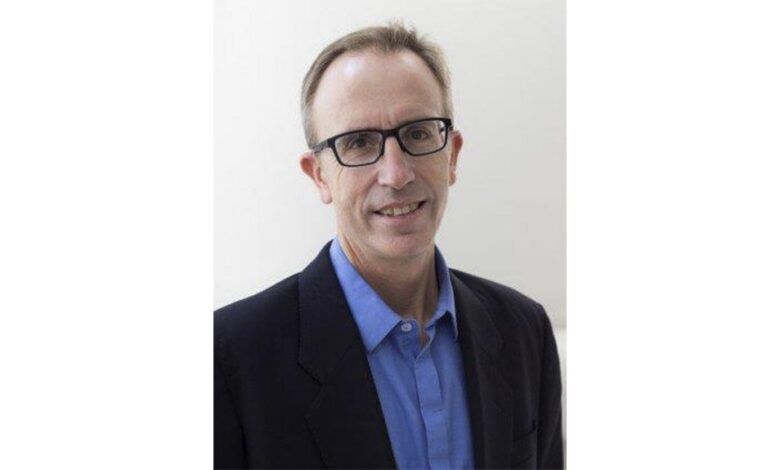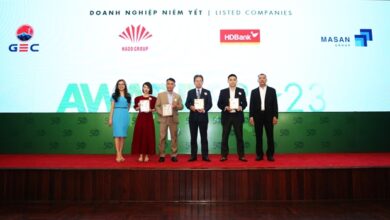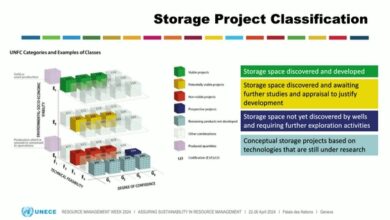AECOM highlights the importance of sustainable resource management on World Water Day

Globally trusted infrastructure consulting firm AECOM is highlighting the importance of sustainable water resource management on the occasion of the UN World Water Day (WWD) on 22 March. This is an important aspect of AECOM’s ‘Think and Act Globally’ strategy, according to Isak Malherbe, Associate Director, Surface Water Management, Africa, who is based in Cape Town.
“We are supported by the global business in being able to offer expertise that we have attained on international projects and, where necessary, bringing in subject matter experts from other offices to collaborate on specific projects,” says Malherbe. The ‘Think and Act Globally’ strategy aims to position AECOM as a leader in Environment, Social and Governance (ESG). In turn, it ties in with the company’s Sustainable Legacies strategy, which has key targets to achieve a range of ESG goals globally.
The theme for WWD 2022 is ‘Groundwater – making the invisible visible’. Governments have increasingly urgent mandates to resolve water-related infrastructure and development issues. “There is a growing need for society to understand what role it plays in water solutions. Governments essentially respond to the way society, as the end user, behaves around water use and pollution. As the general public, we need to be more concerned with water, and how we impact and use it to truly be able to achieve long-term sustainability,” says Jonathan Schroder, Water Resources Technical Lead for Africa at AECOM.
Schroder oversees the water resources side of the business, which translates mainly into a surface water focus, but he collaborates closely with Malherbe. Traditionally, rural areas in Africa have used groundwater as their main resource, with surface water developed mainly for urban areas. “As a result, there has been a stigma attached to groundwater over the years from a developmental perspective. However, the recent devastating droughts across the continent have proven the resilience of groundwater, with an attendant shift towards tapping into this resource.”
An important part of this shift has been the realisation that implementing and operating largescale surface water schemes to dispersed rural populations is often prohibitively expensive. This has resulted in a renewed appreciation of the sustainability of groundwater resources and local surface water.
AECOM has a specialist team focusing on groundwater development planning and associated remedial work such as pollution monitoring and mitigation. “In most instances we use specialists, but we consider the conjunctive use of groundwater,” says Schroder. It has also provided expert support to various environmental studies to classify and protect water resources, which involves a holistic consideration of both groundwater and surface water resources.
A particular focus for the company has been water resource projects in Africa, and in countries such as Saudi Arabia in the Middle East, where it is conducting water-yield studies for a range of dam and irrigation projects. A close interface with the civil infrastructure side of the business gives the water resources team the capability to run with projects from inception to implementation and even long-term monitoring. “Essentially we are able to provide a seamless, end-to-end solution for our clients,” says Schroder.
Malherbe explains that surface water looks more closely at rainfall runoff and modelling to best manage river systems and catchment areas. “We look at where it is required to build new infrastructure to meet growing water requirements and how to optimise existing infrastructure. This is important to allow us to navigate droughts and manage overuse of our water resources.”
Looking at the entire catchment system, the interaction between surface water and groundwater needs to be taken into consideration. In some systems these are quite separate, with long-term processes impacting on the groundwater resources. In other specific catchment areas like Tshwane in Gauteng, the prevalence of dolomitic structures allows for a much more dynamic interaction between the two.
As a broad rubric, water management also encompasses scarcity issues and sustainable use, in addition to stormwater management and flooding. Here the trending concepts are Sustainable Urban Drainage Systems (SUDS) and Water Sensitive Urban Design. Historically, conventional stormwater drainage involved discharging runoff into a distant river or watercourse. However, sustainable solutions now include recharging aquifers by promoting natural drainage to optimise water quality treatment, discharge and biodiversity.
“The greening effect associated with managing water resources optimally has also been shown to have a major influence on people’s wellbeing and quality of life, which is particularly important given the toll that the coronavirus pandemic has taken on the global population,” concludes Malherbe.



